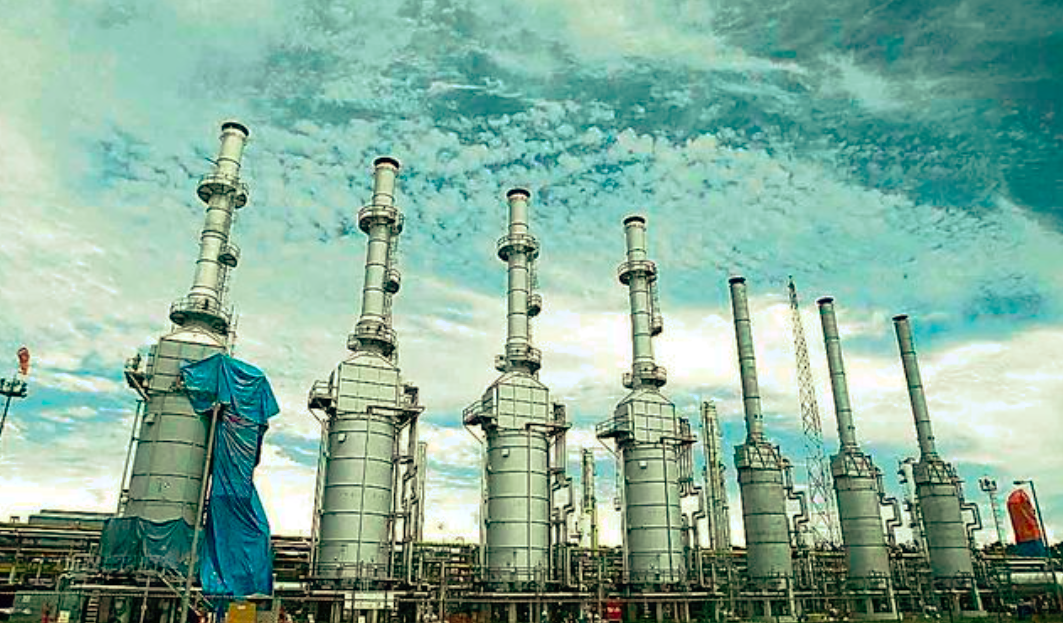RIO DE JANEIRO, BRAZIL – Although the President of the Republic, Pedro Castillo, has withdrawn the nationalization of Camisea gas, his speech a few days ago in Bagua has led several members of Congress to reconsider their position and doubt to give confidence to the Cabinet of Mirtha Vásquez next Thursday, November 4.
“As the Government of the People, we are and will be respectful with the freedom of enterprise. The gas pipeline that will take gas to the south of the country is our priority and its massification for the benefit of all Peruvians. This is our commitment to the people, and we will fulfill it”, stressed the President through his Twitter account after the wave of criticism and the commotion caused by his request for the nationalization of gas production.
Read also: Check out our coverage on Peru
Even the President of the Central Reserve Bank, Julio Velarde, said that the speech given in Bagua once again generated distrust among business people. “Surveys in August were very negative, they improved in September, and we expected them (business expectations) to improve strongly in October, but after yesterday’s announcement, it is possible that it will not be with the intensity that we anticipated” he said.

“There was some encouragement, although perhaps they think that growth would be mediocre or that it should be a better government. They understood that the situation was going to allow investors to come. Hopefully, this mood does not disappear completely, and we can have better perspectives”, mentioned Velarde and pointed out that a few days ago, he would have said that the expectation of private investment for 2022 could be slightly corrected upwards. Still, with the recent declarations of President Castillo, this could not be wholly affirmed.
VOTE OF CONFIDENCE
Moreover, the situation in the Congress is critical, since the benches of different parties see a conflicted discourse in the government, and have raised doubts about giving a vote of confidence to the Vásquez cabinet.
Alianza para el Progreso, Acción Popular, and Somos Perú, the benches that voted for the Bellido cabinet, questioned Pedro Castillo’s “nationalization” and are waiting for Mirtha Vásquez to inform them about the government’s real plan regarding this issue.
The spokesman of Alianza para el Progreso (APP), Eduardo Salhuana, stated that the President’s initiative on Camisea gas points to a takeover and that this “is not convenient” for the country. “That would imply breaking with constitutional norms and with commitments assumed. We would be exposed to lawsuits, and then we will end up paying billions of dollars. And who will pay for it? It will not be paid by the government but through our taxes.”
Somos Perú points out a contradiction between what the Prime Minister says in Congress and what President Castillo says. “This makes us hesitate to give the vote of confidence”, stressed the spokesman, José Jeri.
Acción Popular, meanwhile, advanced that they will ask Mirtha Vásquez for a “clarification” on Pedro Castillo’s proposal. “As there is a double discourse, we do not know who to believe”.
Likewise, Podemos congressman, Carlos Anderson, considered that Castillo’s words were sabotage to Vásquez. “If the Executive continues in this type of inconsistencies, they will most probably vote against the inauguration of the ministerial cabinet.
Through its spokesman, Nano Guerra García, Fuerza Popular was also very emphatic and maintained that the President’s speech “has already generated economic instability” and has left Vásquez “in an uncomfortable position” and further endangers the vote of confidence he needs.
Renovación Popular is the party that maintains its position and will not vote for the cabinet. “We cannot give the vote to a cabinet that shares policies that we do not.”
CAMISEA GAS FIELDS
The Camisea Gas Project extracts and transports natural gas originating near the Urubamba River in Megantoni District, La Convención Province in the Cusco Region of Peru. The project, which cost nearly four billion dollars by 2015, developed in a remote, forested region of the Amazon Basin which has a population of mostly Indigenous people.
The gas fields are located in Ucayali Basin. According to data verified by the international energy consulting firm Gaffney, Cline & Associates, the Camisea gas fields contain about 13.4 trillion cubic feet of natural gas and 482 million barrels of liquid natural gas.

